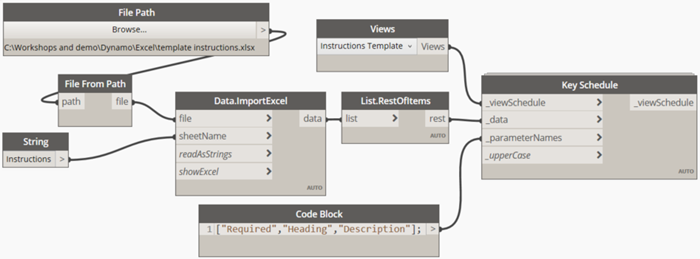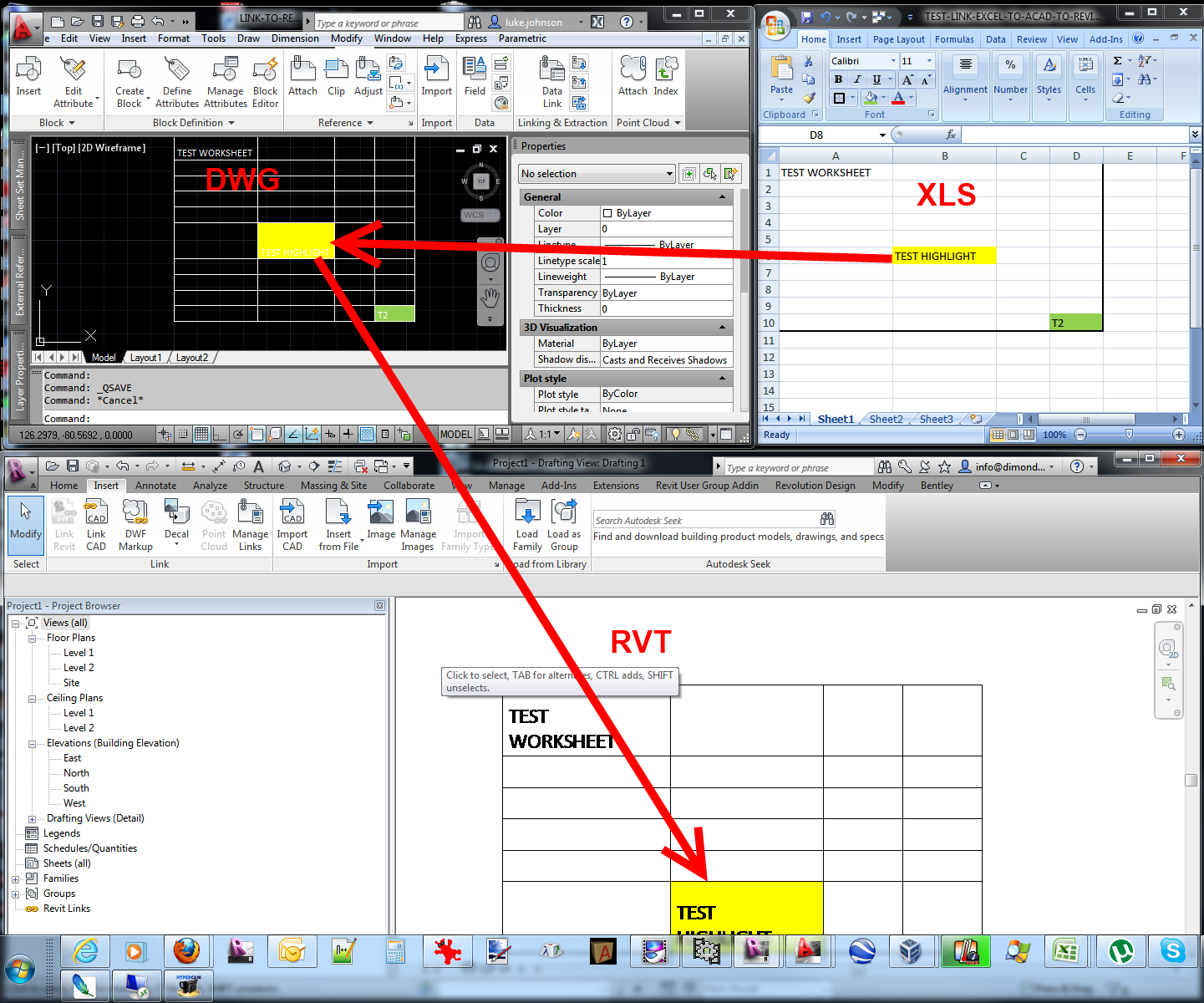Make The Most Of Effectiveness with Top-Rated Revit Plugins
Wiki Article
Revit Accelerator: Excel Integration Methods for Improving Performance and Collaboration
In this write-up, we will check out the advantages of incorporating Excel into your Revit operations. Plus, we will certainly share best practices for seamlessly integrating Excel right into your Revit projects. Obtain all set to supercharge your Revit experience with our Revit Accelerator: Excel Integration Techniques!Benefits of Excel Combination in Revit
The advantages of Excel assimilation in Revit are many and can considerably enhance performance and cooperation. By effortlessly linking these two powerful tools, you can improve your operations and save useful time. With Excel assimilation, you can easily import and export data between Revit and Excel, allowing you to take advantage of the toughness of both programs.
An additional advantage of Excel integration is the ability to create dynamic routines and records. By connecting your Revit version to an Excel spread sheet, any kind of changes made in Revit will automatically update in the matching Excel data. This makes it simple to produce updated timetables, amount departures, and various other task documents.
Excel assimilation in Revit additionally makes it possible for far better cooperation amongst group participants. With the capacity to import and export information, you can conveniently share info with associates who may not have access to Revit. This promotes efficient interaction and permits for far better sychronisation and decision-making.
Enhancing Process With Revit and Excel
Simplifying workflows with Revit and Excel can significantly boost efficiency and partnership. By incorporating these 2 powerful tools, you can enhance your style process and enhance interaction within your group. With Revit, you can develop 3D models and generate in-depth building and design documentation. However, when it pertains to information monitoring and evaluation, Excel is the best software program. By combining the abilities of Revit and Excel, you can seamlessly move information in between the 2 applications, removing the demand for manual information access and reducing the risk of mistakes.
Utilizing Revit and Excel together allows you to utilize the toughness of each program - import excel into revit. You can export information from Revit right into Excel, where you can do complicated calculations, create graphes and charts, and examine the info in a more effective and organized fashion. On the various other hand, you can import data from Excel into Revit, allowing you to rapidly upgrade your designs and documentation based upon modifications made in Excel
The integration of Revit and Excel additionally advertises collaboration amongst team participants. By sharing Excel data, you can easily connect and work together on design and construction-related information. This enhances control and makes sure that everyone is functioning with the most updated information.
Taking Full Advantage Of Collaboration With Excel and Revit
To take full advantage of cooperation with Excel and Revit, you can seamlessly share and update layout and construction-related information with your team. With just a few clicks, you can import Excel spread sheets into your Revit version, allowing you to easily gain access to and control the data.Among the vital advantages of using Excel in conjunction with Revit is the capability to upgrade information in both programs at the same time. Any type of changes made in Excel will automatically be reflected in Revit, and vice versa. This makes sure that every person is dealing with one of the most up-to-date information, avoiding confusion and saving important time.
Additionally, Excel offers powerful tools for evaluating and organizing data, which can significantly improve your partnership efforts. You can create customized reports and charts in Excel, aiding you to envision and connect vital task details successfully. When providing data to explanation stakeholders or making informed choices based on job metrics (revit tool)., this can be specifically beneficial.
Advanced Methods for Boosting Performance in Revit Making Use Of Excel
By making use of innovative techniques in Revit, you can substantially enhance your performance by leveraging the power of Excel. With Revit's Excel integration function, you can connect Excel spreadsheets straight to your Revit model, enabling you to conveniently manage and upgrade information.
In addition, you can use Excel macros to automate repetitive tasks in Revit (revit add ins). Macros enable you to tape-record a series of activities and play them back with a solitary click, conserving you effort and time. You can develop a macro to automatically create area schedules or update parameter values in bulk.
Finest Practices for Excel Assimilation in Revit
Using Excel as an information administration device in Revit permits for efficient management and upgrading of information. One of the best techniques for Excel combination in Revit is to create a clear and arranged data framework. By following these best methods, you can efficiently check that make use of Excel as a data monitoring tool in Revit and enhance your efficiency and collaboration.Verdict
In final thought, incorporating Excel with Revit can substantially boost performance and collaboration in the design process. By leveraging the power of Excel, Revit users can achieve higher levels of performance and collaboration in their projects.With Excel integration, you can easily import and export data in between Revit and Excel, permitting you to utilize the toughness of both programs.
One of the crucial benefits of Excel integration is the ability to use Excel formulas and functions within Revit. By linking your Revit design to an Excel spread sheet, any type of modifications made in Revit will automatically update in the equivalent Excel documents. On the various other hand, you can import data from Excel into Revit, allowing you to promptly upgrade your designs and documentation based on changes made in Excel.
With Revit's Excel assimilation attribute, you can link Excel spreadsheets straight to your Revit version, enabling you to easily take care of and upgrade data.
Report this wiki page